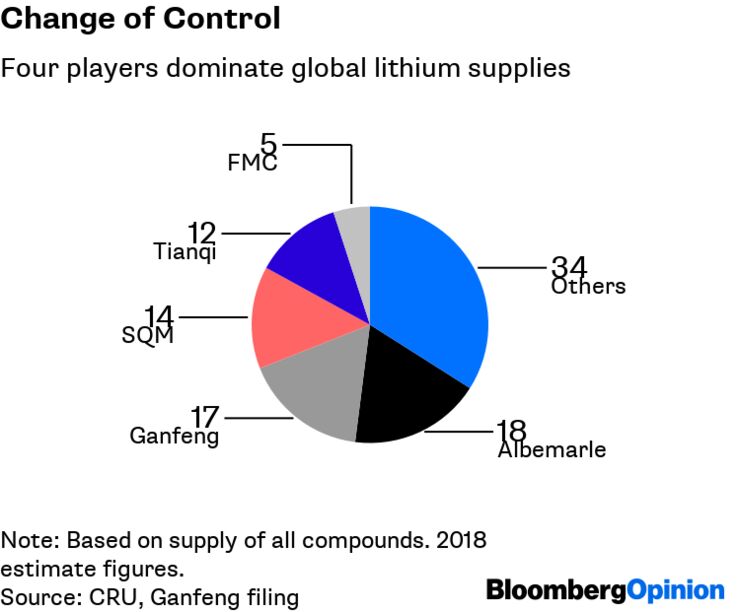EY's latest report: Given that digital has become a key enabler of margin improvement and enhancer of competitiveness in the sector, it is critical that [Mining] organizations develop a clear approach to bridging the disconnect between the potential of and the successful delivery from digital transformation.
Improving digital effectiveness
Digital effectiveness is the top risk facing the mining and metals sector, with the growing disconnect between the potential of and the successful delivery from digital transformation. Given that digital has become a key enabler of margin improvement and enhancer of competitiveness in the sector, it is critical that organizations develop a clear approach to bridging the disconnect.
Digital solutions are being adopted, but usually as point solutions in the value chain rather than as a holistic approach as discussed in our paper, "How do you prepare for tomorrow's mine today?" Point solutions will not get us to the next level of productivity improvement or enhance end-to-end decision-making.
The collective impact of these challenges can result in a tentative approach to strategy — reflected by small, disconnected initiatives — rather than a strong commitment to a multi-year transformation approach.
EY's digital wave approach to transformation
We have identified a pragmatic and effective approach to transitioning your business from its current state towards an improved future state. This is to create a clear pathway for transformation, specifically described as "The digital wave transformation approach." It meets the need of having an active, progressive and compelling digital strategy, while also recognizing the issues associated with business risk and maintaining a coherent program of work.
Our approach is like a series of waves moving through the organization, steadily introducing more digital hotspots and interconnections, all within a coherent overarching strategy.
This wave approach to digital transformation contains four main components – Pre-start, Wave 1, Wave 2 and Wave 3.
Click on each component to know more:

The process of launching waves is not necessarily sequential. For example, high-value areas with a close link to productivity may move from Wave 1 to Wave 2 before initial work has commenced in areas with less-compelling business cases.
Market leadership can quickly be lost if dominant players respond slowly or ineffectively to industry disruption and external changes. The pathway through the waves cannot be viewed as static, sequential or "set and forget." We see the end-state vision as constantly changing and businesses will need to be ready to adapt and change course as required."
Paul Mitchell, Global Mining & Metals Advisory LeaderEY's Digital Navigator
Leaders in the sector understand the compelling case for change, but are looking for the right way to go about the transformation without falling into various pitfalls that cause many change initiatives to fail. It is not a question of when to go digital; it is about how to start thinking of a fully integrated business culture shift, and that really needs leadership focus.
We can support your business through the use of the Digital Navigator — an approach and toolkit that supports EY to assess a company's digital maturity and help create an actionable digital road map for our clients based on linking current capability and existing investments with business ambition and strategy.
Our approach and toolkit has three phases:
Using the Digital Navigator together with the Process in Mining Enterprises (PRIME) model — to assess and map digital solutions against the most critical areas of the mining value chain — aids effective prioritization of solutions and alignment for maximum release of value over time.
See the whole report here: https://www.ey.com/gl/en/industries/mining---metals/ey-digital-in-mining-and-metals




